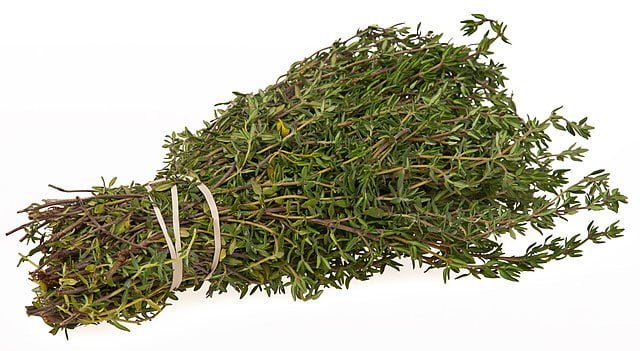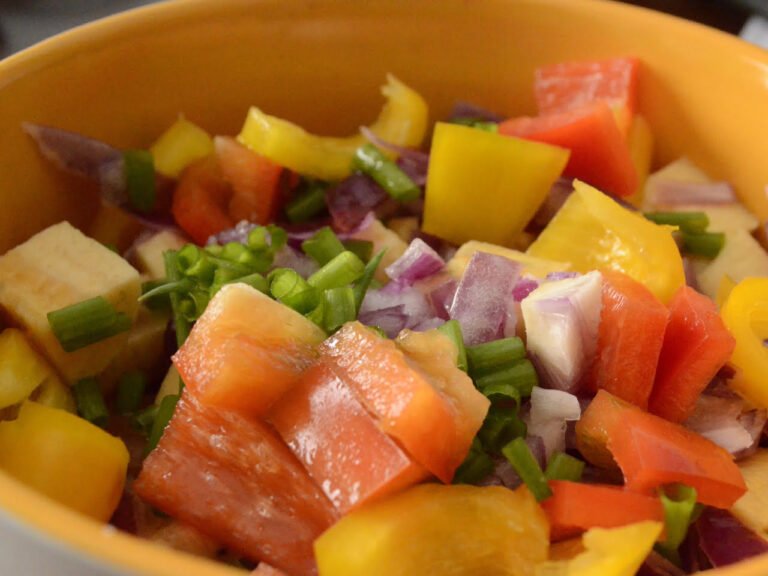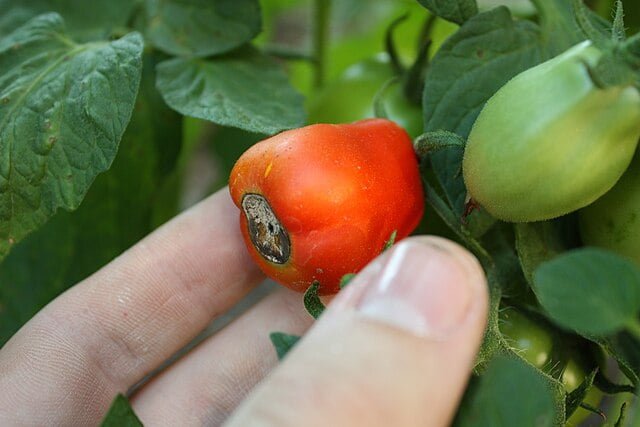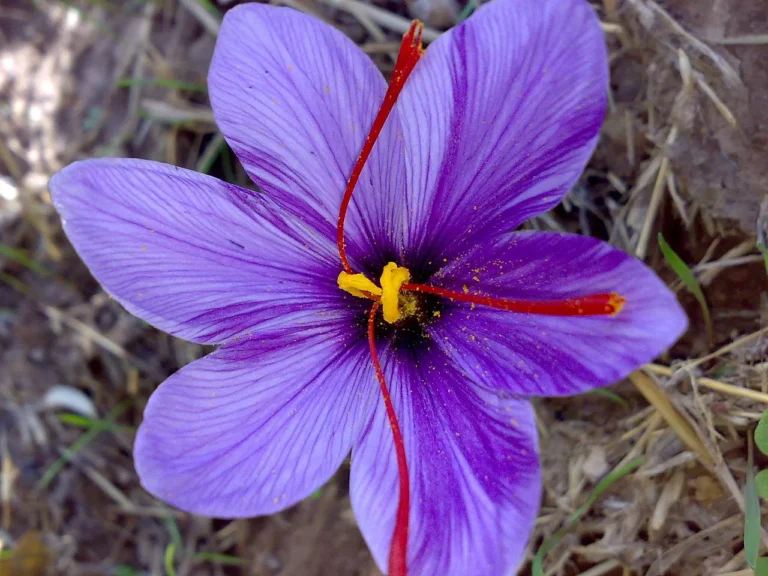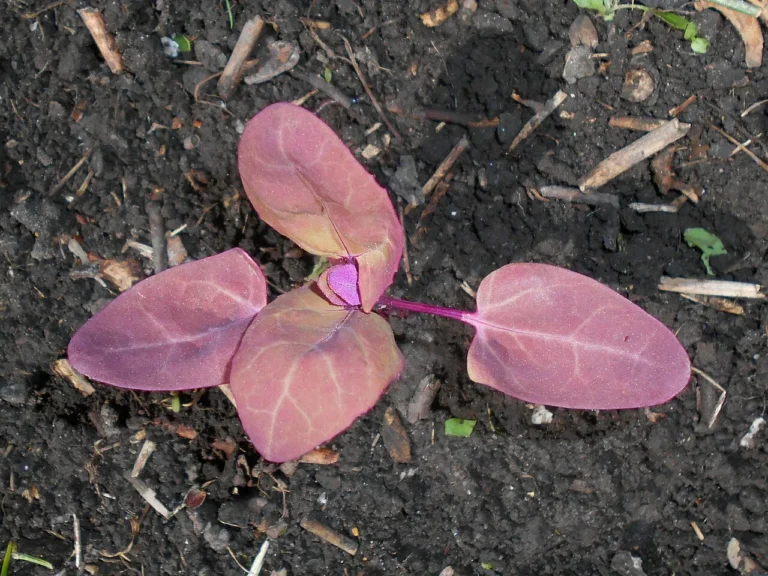Unlocking Flavors: A Comprehensive Guide to Drying Herbs
Preserving the bounty of your herb garden doesn’t have to be complicated. Drying herbs is a simple and effective way to ensure you can savour their flavours long after the growing season has ended. Not only is it economical, but it also allows you to enjoy the taste of homegrown herbs all year round. This article will walk you through the steps to dry herbs successfully at home.
Choosing and Harvesting Herbs
For drying, it’s best to choose healthy herbs that are free from disease and pests. The best time to harvest most herbs for drying is just before they flower, when their leaves contain the highest concentration of oils. Early morning, after the dew has evaporated but before the heat of the day, is the optimal time for harvesting.
Preparing Herbs for Drying
Once harvested, gently rinse the herbs to remove any dirt or bugs. Pat them dry using a clean towel or paper towel to remove excess moisture. Remove any damaged leaves and tough stems.
Drying Methods
There are several methods you can use to dry herbs, and the best one often depends on the type of herb and the facilities available to you.
- Air Drying: This is the easiest and most economical method. Simply tie the herbs in small bundles and hang them upside down in a warm, dry, dark place with good ventilation. It can take 1-3 weeks for the herbs to dry fully.
- Oven Drying: Arrange the herbs in a single layer on a baking sheet. Set the oven at its lowest temperature and leave the door slightly open for air circulation. Check regularly to ensure the herbs aren’t burning. Depending on the herb and your oven, this method can take 2-4 hours.
- Dehydrator Drying: If you have a dehydrator, it can be a very effective way to dry herbs. Lay the herbs on the trays in a single layer and follow the manufacturer’s instructions.
- Microwave Drying: Although not as common, it’s possible to dry herbs in the microwave. Place the herbs between two paper towels and microwave on high for 1-2 minutes. Watch closely to prevent burning.
Storing Dried Herbs
Once the herbs are completely dry, they should crumble easily. Crumble the herbs into small pieces, but not to a powder, and remove any stems. Store the dried herbs in airtight containers, such as glass jars, and label with the herb type and date. Keep your containers in a cool, dark place to preserve flavour and colour.
Using Dried Herbs
Dried herbs tend to have a more concentrated flavour than fresh, so you’ll typically need to use less in your recipes. As a general guideline, use 1 teaspoon of dried herbs for every tablespoon of fresh herbs called for in a recipe.
Drying herbs is a great way to extend the life of your garden and intensify the flavours in your dishes. By following these simple steps, you can enjoy your homegrown herbs in meals all year round. Enjoy the taste of summer anytime with your stash of dried herbs.

